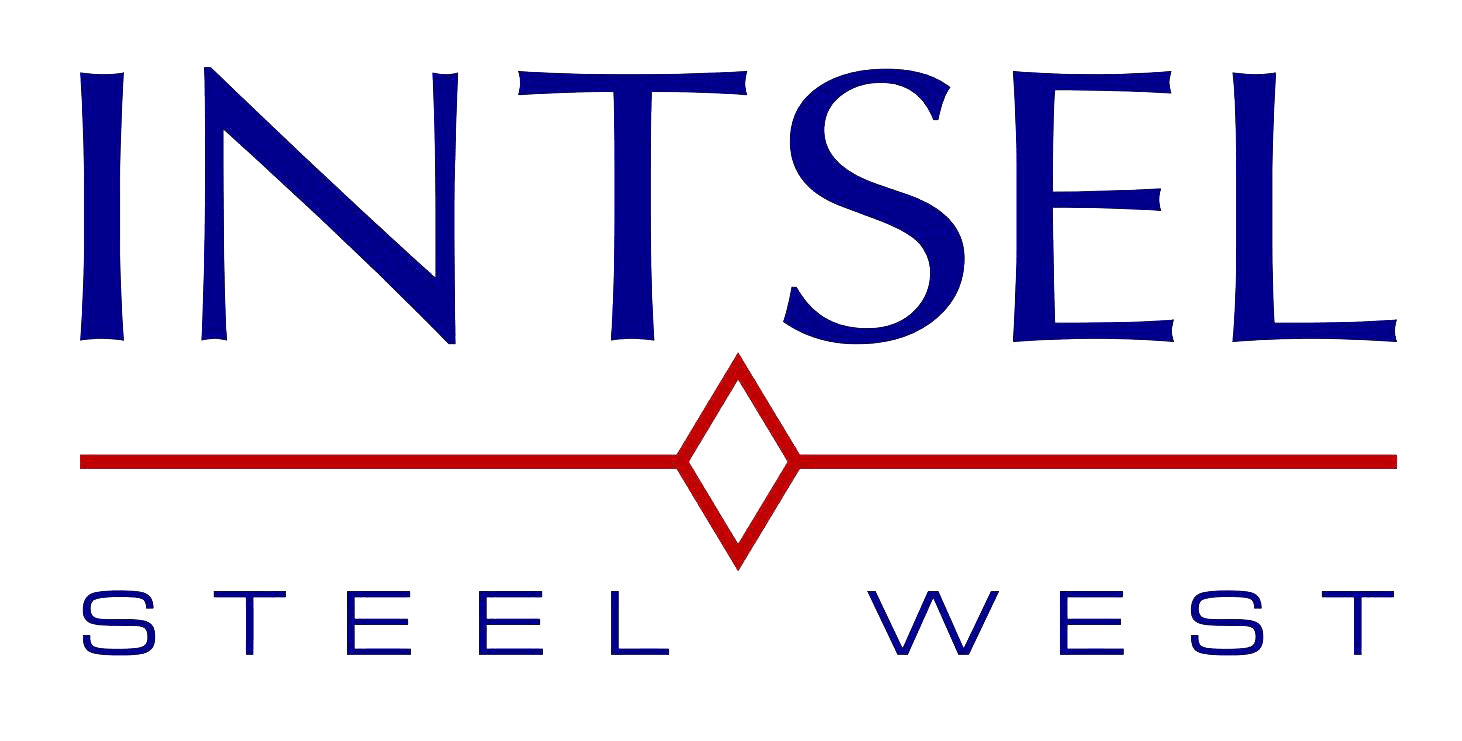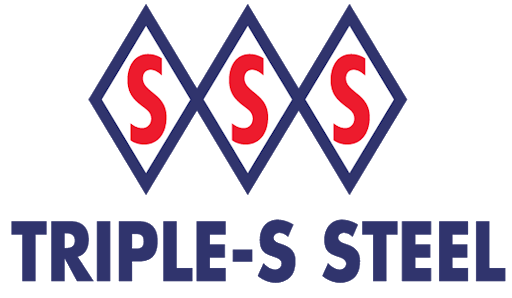



As of 2020, the steel plate market was at a value of $57.05 billion. Estimations show this could increase to $68.9 billion by 2026. The many uses of steel plate metal are causing the market to increase each year. Steel plate processing can produce affordable parts of all different designs. It is an excellent choice for numerous applications.
Whatever industry you are in, it is important to understand the options and possibilities available to you. To find out more about this, keep reading.
Processing, also sometimes called fabricating, is the use of any technique that will alter/manipulate metal in order to produce a desired part. These processes apply to many different types of metals using many different techniques. The metal chosen and the processing methods used depend on the purpose of the final product.
Steel plate is quite simply steel sheet metal. The sheet is made up of multiple layers of steel that are compressed together. A number of grades are available, each with different characteristics to fit certain applications.
One of the primary advantages of steel is its durability. For a part that needs to be solid and maintain its form under different forces/weights, it is an excellent choice. With this, it is also relatively lightweight, which is a desirable characteristic in almost all metal applications.
There are a number of different types of steel. Some are naturally resistant to rust and corrosion. For other types of steel where this characteristic is not present, there are other processes that can solve this. Methods such as galvanization and powder coating will give the steel a protective layer.
Steel is more ductile than many other metals. Under high amounts of stress, it will deform before breaking. This means that any impending failures will be noticeable beforehand, and they will be physically visible. The above characteristics make it a very reliable material. It will outlast many other alternative materials under the same circumstances. Less maintenance is always an advantage.
Compared to other metals, steel is very cost-effective. This is in terms of manufacture, processing, and construction. It also takes less time to manufacture than other metals, adding to the efficiency of the entire process.
There are two main methods used for making steel: BOS (basic oxygen steelmaking) and EAF (electric arc furnace).
BOS is a process that has changed very little since its first use in the 14th century. Iron ore is used along with limestone and coke (cooked coal) to produce molten pig iron. Oxygen is then blown through the pig iron lowering the carbon content, giving low carbon steel.
EAF has been present since the 19th century and is now the chosen method in the US for around 2/3 of all steel production. Scrap steel is melted using an electrical current and/or direct reduced iron, producing molten steel. The furnace is then tilted tapping the steel into a preheated ladle.
Sometimes called ‘forming’ involves bending, stretching, or forming various shapes using sheet metal. Typical products made with this technique include metal cabinets, housings, electronics enclosures, and decorative/functional trimming.
Punching is a way of cutting sheet metal into a specific shape in preparation for further processing. This process is useful on essentially any metal in sheet form. This is an excellent way to produce a high volume of the same part. It is also a very cost-effective cutting method. Some examples of parts made using this process are retail fixtures, electronics enclosures, lighting systems, and HVAC systems.
Another form of cutting, this method is more precise and offers much greater detail. It is more expensive than punching but allows for shapes to be cut to very exact specifications. This is often used to produce similar parts to punching (HVAC systems, retail fixtures, lighting systems, and electronics enclosures) as well as some others such as machine guarding and light parts.
Two separate pieces can be joined together by welding. There are a number of types of welding available such as MIG, TIG, and spot welding. When fabricating a part the welding process used will depend on the parts being welded and the desired final product.
A finish can be applied to steel for a number of reasons. The two most common are to protect the metal or simply to give a desired appearance. Powder coating achieves both of these. It can protect the steel from moisture/chemicals to help stop rust or corrosion. Numerous textures, finishes, and colors are available.
There are two methods for this: ESD (electrostatic spray deposition) and fluidized bed application. The type of process used is determined by a number of factors including the environment, application, material, and costs.
For each different fabrication process, different equipment is required. Below is a list of some of the more common machines used in steel plate processing:
It is clear the possibilities with steel plate processing are vast. This article covers some of the major processes and applications, yet there are many more. If you’re interested in finding out your best options, get in touch with us by clicking here.
We are always happy to help!